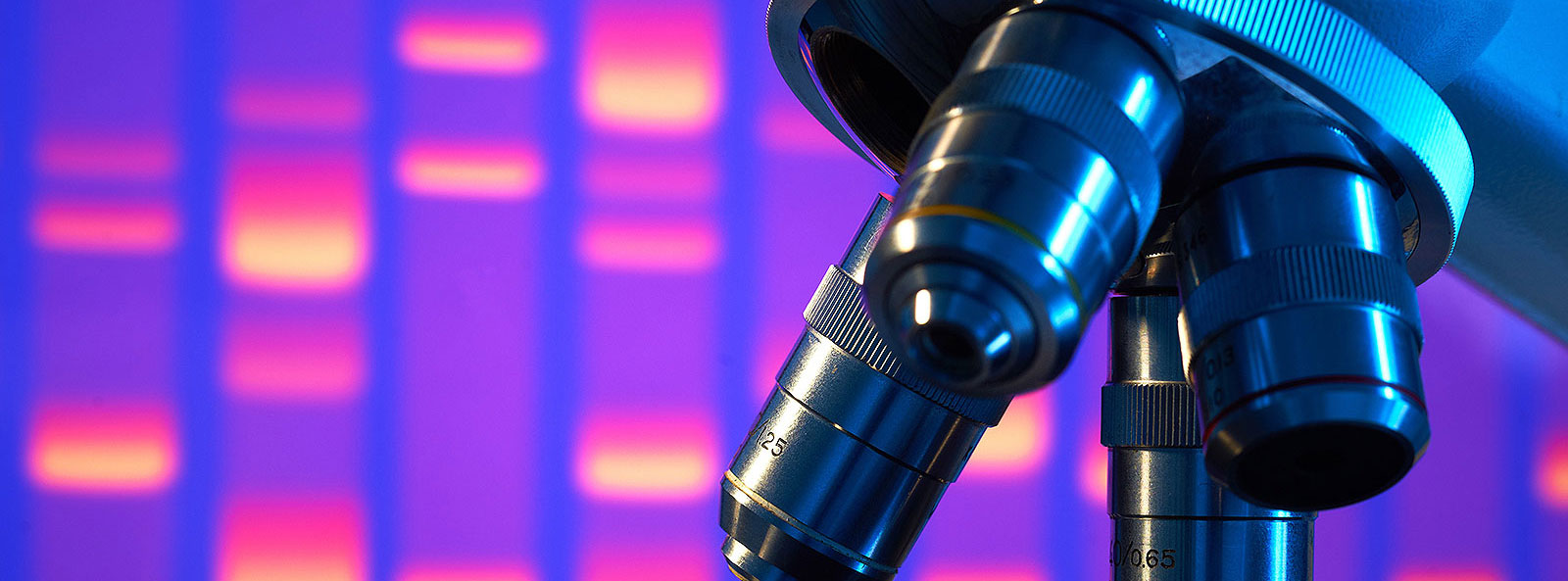
Ozone therapy in cancer
Anti-tumor effect
As regards the different forms of cancer, besides increasing the oxygen concentration at cellular level, ozone also stimulates the function of the mitochondria, and it is a well known fact that the impairment of the proper functioning of these cellular organelles is a key factor in the occurrence of this pathology.
The tumor tissue is characterized by hypoxia and acidosis, conditions that determine the activation of the KRAS oncogene, with the increase of the HIF1A transcription and subsequently of the production of glycolytic enzymes (hexokinases, aldolases, phosphofructokinases, lactate dehydrogenase). The activity of all these enzymes accelerates the glycolytic flow and lactic fermentation, processes that maintain the hypoxic acid environment of the tumor. In addition, HIF1A also determines the transcription of angiogenic factors, with the proliferation of endothelial cells and new blood vessels.
Recent studies (2014, 2016) have shown that HIF1A plays a role in increasing tumor resistance to chemo- and radiotherapy. Research has shown that tumor tissue hyperoxygenation directly causes HIF1A inhibition, a factor which has a high value in most forms of cancer.
Ozone therapy is synergistic with chemotherapy
Additionally, ozone may induce the synthesis of various classes of pro-inflammatory cytokines, which will in turn activate macrophages, thus triggering a vast reaction of the immune system. Consequently, ozone therapy is able to improve the antitumor activity of T lymphocytes and of the natural killer (NK) cells. By inhibiting the action of HIF1A factor, ozone-induced hyperoxia enhances the effect of chemotherapy, reducing tumor resistance to treatment, also enhancing the hemorheologic properties, facilitating drug access to the hypoxic tumor center. These two actions also determine the decrease of the administered doses of chemotherapeutics, reducing toxicity and the related side effects: reduced cardiac effects of doxorubicin, reduced infection rate, by stimulating the immune function, increasing hemoglobin concentration, decreasing fatigue, reducing the incidence of dizziness and vomiting caused by chemotherapy. The concomitant administration of ozone with chemotherapy reduces by ¼ to ¾ the administered amount of drugs.
Ozone therapy selectively destroys tumor cells
The effect of ozone on cancer, hypoxic cells, is a specific one. It "attacks" the abnormal, unhealthy cells, which divide chaotically, identifying them according to their lack of certain membrane proteins. Thus, ozone selectively destroys the cancer cells, not interfering with the activity of the normal cells, as in the conventional anticancer therapies, where there is no differentiation between the types of cells that they destroy. Consequently, as regards cancer, the reversal of local hypoxia-inducing processes has a stopping effect on tumor tissue growth.Clinical evidence of ozone therapy in cancer
A clinical study conducted in Spain in 2015 shows that ozone therapy is effective in reducing the side effects caused by radiation therapy in prostate cancer patients, without causing side effects during its administration.The results of another clinical study conducted in Russia in 2017, on 100 patients with forms of uterine and endometrial cancer, showed that this therapy increases the anti-tumor function of the immune system.
As regards the secondary lymphedema, clinical studies have shown that ozone therapy significantly reduces (p <0.05) the swelling of the affected area and improves the lymphatic circulation in patients diagnosed with breast cancer.
Side effects and contraindications
Ozone therapy is a method characterized by the lack, almost entirely, of side effects, as it is used complementary to the standardized medical treatments. Before initiating the treatment, basic blood tests, such as coagulation, must be carried out.
The use of ozone, in compliance with the required medical standards, is absolutely safe and without side effects. An analysis carried out in Germany among doctors and practitioners authorized to use ozone for therapeutic purposes showed that for 5,579,238 treatments carried out for 384,775 patients, a rate of 0.0007% of side effects was recorded, side effects that had a minor character and that did not endanger the patients’ life.
Selective action
Research has shown that ozone does not act on the healthy cells of the body, differentiating them depending on the specific electrical charge and strong membrane enzymatic barrier. This is why ozone therapy is also called "targeted therapy" - ozone only identifies and destroys the cells that are sick. For example, the complications associated with diabetes are attributed to the state of oxidative stress present in the body. Studies have shown that ozone activates antioxidant systems in the body, helping to lower blood sugar and free radical levels. In addition, by normalizing the concentration of organic peroxide, as a result of stimulating superoxide dismutase activity, ozone reduces and prevents the installation of oxidative stress.
The main side effect of ozone is the "Herxheimer Reaction"
It may occur when, after administration, a strong detoxification reaction occurs in the body. The membranes of the destroyed pathogenic bodies release endotoxins, thus "validating" the effectiveness of the treatment. The symptoms of the Herxheimer reaction are similar to those of influenza (joint pain, sweating, dizziness, vomiting), they are an indicator of the reaction of the pathogens that ozone is fighting in the body. This reaction may last from several hours to several weeks. Once the pathogens are eliminated from the body, these symptoms disappear.
How can you become a patient of our clinic?
Throughout the whole process, from your initial contact, through treatment and after you leave our clinic, our patient coordinators will guide you through the steps and support you with all their expertise, attention and kindness.
*
We are here to help you
Our patient coordinator will contact you soon
Phone: +40.771.518.946, e-mail: office@imuno-medica.ro




